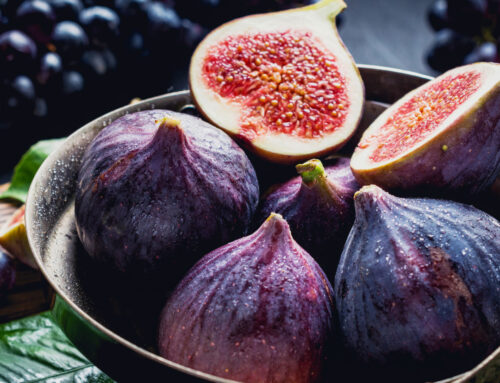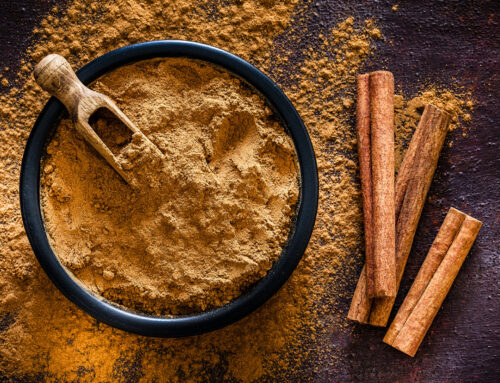Stories of the Passionate Pomegranate
History and Mythology of the Pomegranate
The ancient pomegranate was always more than a luscious fruit. It was a mythic vessel into which countless civilization poured their hopes, dreams, and fears.
So states Joel S. Denker in his charming book The Carrot Purple, highlighting curious stories about the food we eat. As the Jewish people pinned for the enchanting thirst-quenching fruit while wandering in the desert, Moses assured them that in the Promise Land there would be a plentitude of wheat, barley, vines, fig trees, and pomegranates. A symbol of fertility, abundance, and splendor, the Hebrews incorporated this auspicious fruit into rituals, and its likeness was embroidered on the robes of priests and decorated the temple of King Solomon.
The pomegranate also conjured up erotic associations, such as in the Bible when Sheba invites King Solomon into her garden, proclaiming that she would give him her love when the pomegranates bud forth, and invites him to drink the “spiced wine of her pomegranate”.
The alluring fruit was also abundantly admired in the ancient cultures of Babylon, Egypt, Greece, and Rome. It was associated with Hera, the Greek goddess of marriage and childbirth, and also Persephone who ate the seed offered by Hades and was thus exiled to the underworld for the winter months of the year until spring. With this myth the pomegranate is a symbol of the renewal and the cycle of life.
Native to Persia, the pomegranate has been cultivated for more than 2000 years and was central to Zoroastrianism. A symbol of immortality, the Persians endowed the fruit with healing properties and used it for its medicinal properties. When the Persian army invaded Greece in 480 BC, their spears were adorned with gold and silver pomegranates as majestic symbols of Persian virtue.
The Arabs were introduced to the fruit from Persia and it became an important culinary addition in the courts of Bagdad. Muslim armies carried pomegranate, spinach, artichokes, saffron and other foods to the Mediterranean lands. It was planted in Spain and gave its name to the city of Granada, whose coat of arms bears its symbol. The pomegranate was then transported to the New World and eventually reached California in the late eighteenth century.
Health Benefits
Pomegranates contain three times more antioxidants than green tea and is rich in flavonoids, which protect the cells from free radical damage, and helps prevents diseases such as prostate, breast, lung, and colon cancer. The fruit also reduces inflammation and the effects of aging, risk of strokes and heart attacks, lowers blood pressure, and reduces blood sugar levels.
Pomegranates are a source of fiber, which promotes weight loss, lowers bad cholesterol, and eases constipation. They are rich in folate, vitamin K, vitamin E, vitamin B6, and potassium.
How to Prepare Pomegranates
Cut off both ends. You may see the membranes that divide the inside of the fruit. Cut into the skin from top to bottom along these ridges. Next, slice deep enough to cut through the skin and the white membrane without cutting the pomegranate seeds. Hold the pomegranate over a bowl of water and pry it apart with your fingers. Pull the seeds away from the membrane and skin, allowing them to fall into the bowl of water. The membrane will float to the top of the water, and the seeds will sink to the bottom. Remove the membrane, and throw it away. Drain the water from the seeds.
Recipes
Check out this Fall Pomegranate Salad or find more pomegranate recipes and images featuring the pomegranate in art and culture at my Pinterest board Pomegranate Secrets





